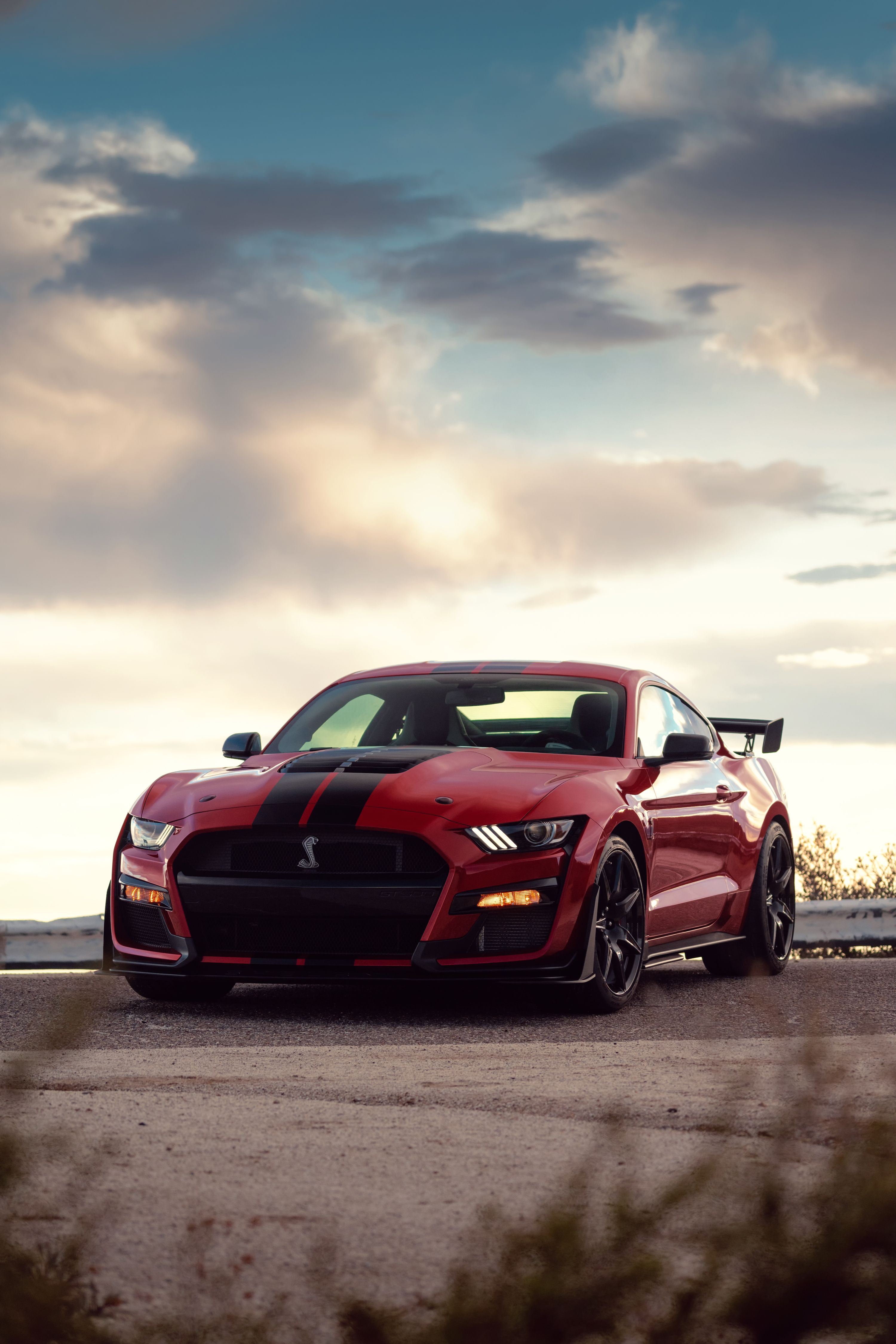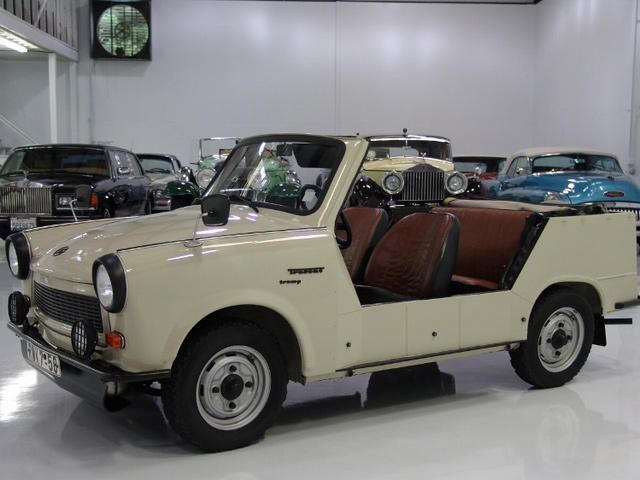
So picture this, if you can: it's the height of the Cold War and you're a resident of the ever so lovely German Democratic Republic. If you're political terminology isn't up to par, that was the name of the Communist East Germany following the country's division after World War II. In simpler words, the situation for its citizens sucked. Everything from economics to their cars was shameful when compared to West Germany. Oh yeah, the secret Soviet-backed police called the STASI were jerks too, to say the least.
But back to the cars, which for the part consisted of just one brand. Because the East Germans were just so proud of their "progressive state", the powers that be felt obliged to build their own "people's car" and purge all memories of German automakers such as Volkswagen and Mercedes-Benz, the latter being available mainly to party faithful. Yep, those were the days. East Germany's attempt at building a car for the masses was the Trabant, also referred to as the "Trabi". Launched in 1958 and built by Sachsenring, the Trabant was named after the Soviet's first satellite, Sputnik, that reached earth's orbit.
Trabant in German also happens to refer to a natural satellite, such as the moon, but the rough translation was good enough. Built in East Germany, the Trabant was powered by a two-cylinder engine with only 26 horsepower, although output gradually increased over the years. Performance, as you would expect, was lackluster. It took 21 seconds to go from 0 to 62 mph and top speed was just 70 mph. Owners can also attest to a couple major issues with the car. First off, it had a smoky exhaust and secondly it caused quite a lot of pollution - at least five times the carbon monoxide emissions of a modern car.
The thing was so primitive that it didn't even have an oil injection system and two-stroke oil needed to be used. In fact, the first models to hit the streets didn't even have a fuel gauge. The Trabant's steel monocoque design was respectable but due to the rationing of steel, the car was fitted with body panels made from recycled materials straight from Mother Russia such as cotton waste and even phenol resins taken from the East German dye business. They called this hard plastic Duroplast and as strange as that material combination sounds, the stuff actually performed better in crash tests compared to some other Western cars. Go figure.
Throughout the 60s and 70s, the Trabant received regular updates such as a few slight styling tweaks, improved electrics, rear coil springs and eventually a new dash. By 1989 it could be had with a 1.0-liter inline-four courtesy of Volkswagen (and thawing West-Soviet relations). It was also offered in only two body styles, a two-door sedan or two-door wagon. Ironically, when the Czechoslovakian and Hungarian Soviet-backed regimes collapsed in 1989, thousands of desperate East Germans loaded as much of their stuff possible into their tiny Trabants and headed for the border. Now that the Iron Curtain was on the verge of collapse, so was the Trabant itself.
By 1991, once Germany was reunited, the Trabant factory stopped all production and was later sold to Volkswagen. Today, the Trabant has become collectible amongst a small, but loyal following of fans. Even today if you travel to Germany then you're bound to see at least one or two on the road. This 1985 Trabant Tramp convertible, believed to be the only one of its kind in the US, is certainly not something Americans are used to seeing. Although the Trabant wasn't sold to the public as a convertible, tan colored models were made for the border patrol and green ones for the regular military.
It only has 1,337 miles on the clock and is reportedly in excellent overall condition. Listed at $18,900, it's clearly not for everyone, but for the serious collector this Trabant convertible is really something special and historic.

